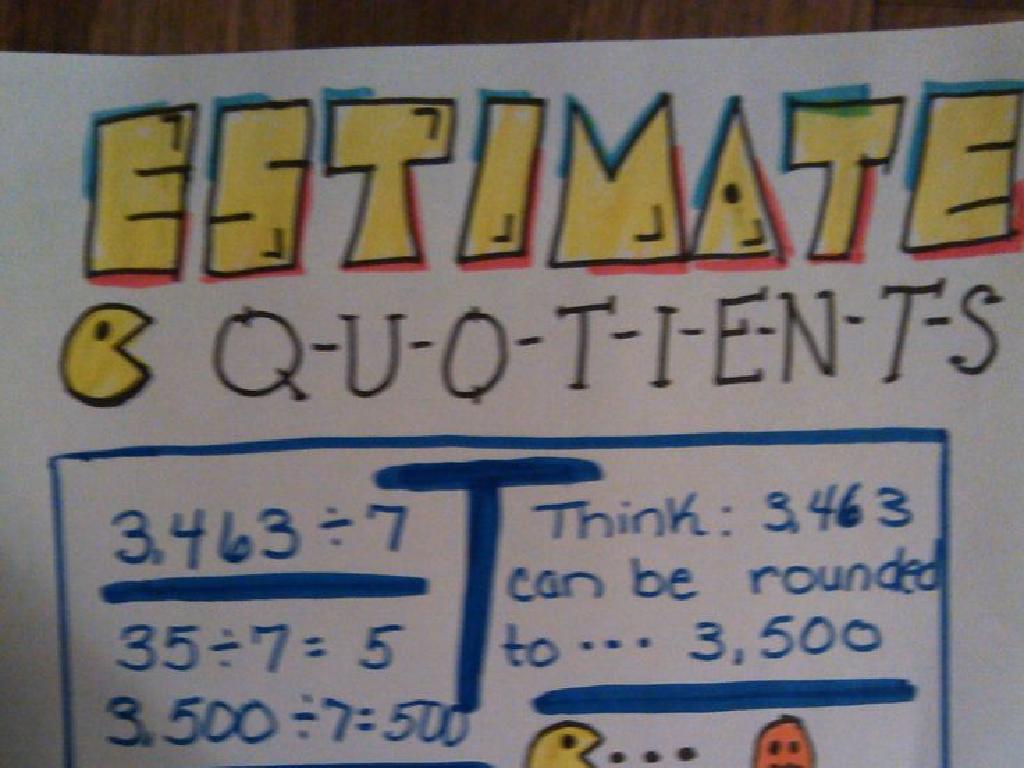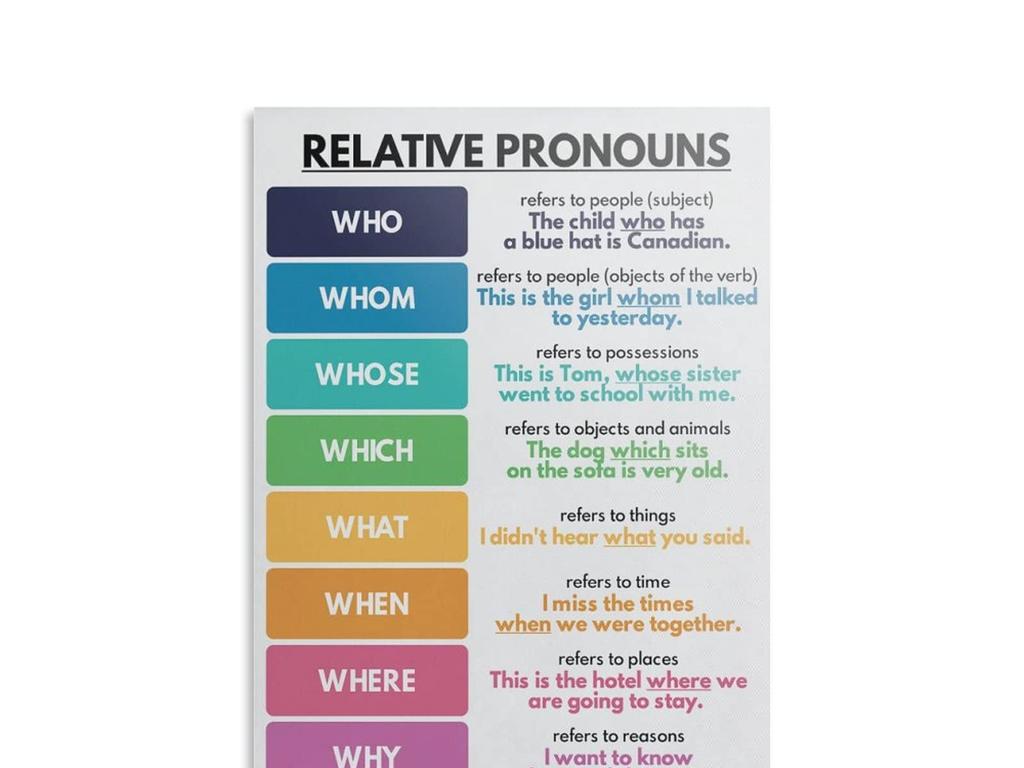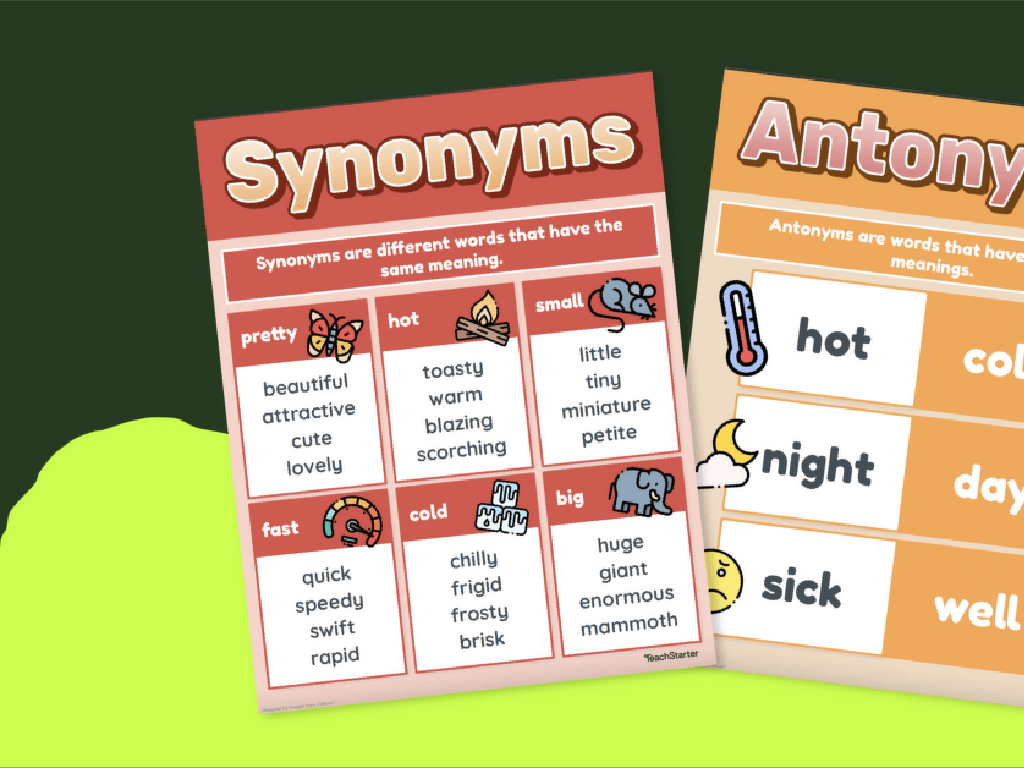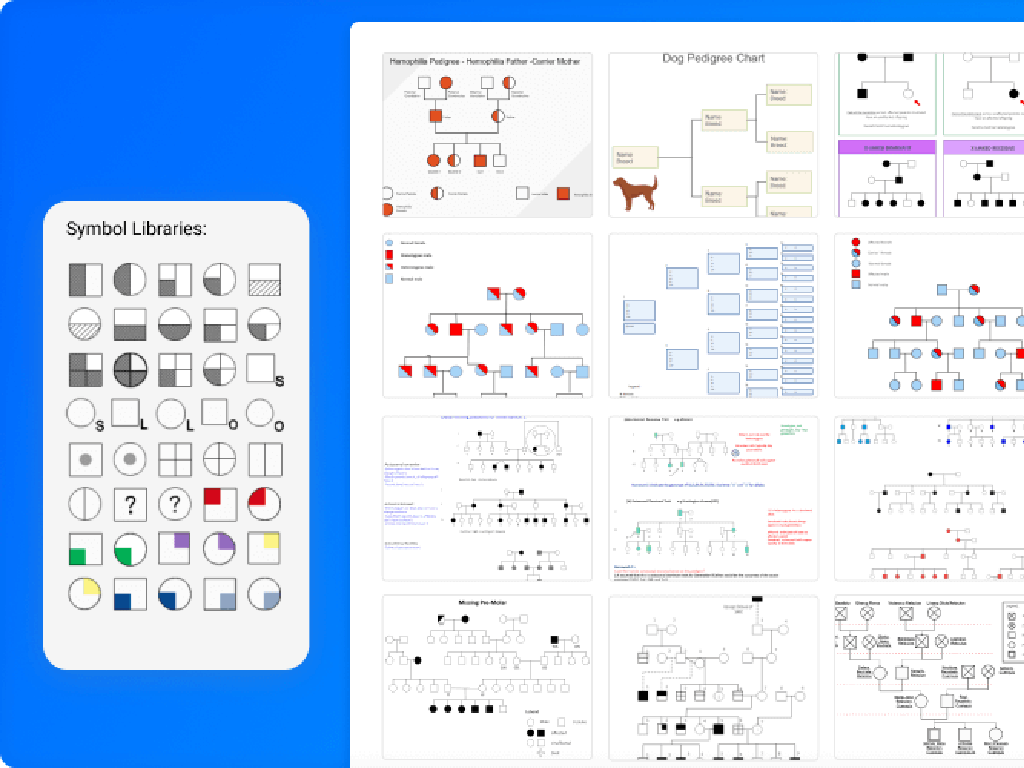Addition Sentences For Word Problems - Sums Up To 10
Subject: Math
Grade: First grade
Topic: Addition Up To 10
Summary: This first grade math presentation teaches addition up to 10 using engaging word problems and relatable stories. Students learn to form and solve addition sentences, identify key numbers in stories, and use visual aids or objects for hands-on practice. Activities encourage creativity through drawing and storytelling, helping students master using the plus and equals signs to find sums. This interactive approach builds strong foundational math skills with fun, real-life examples.
Please LOG IN to download the presentation. Access is available to registered users only.
View More Content
Welcome to Addition!
– Learning to add numbers up to 10
– Addition combines things into a total
– Like 2 apples + 3 apples = 5 apples
– Using stories to understand addition
– Stories with characters who gather or combine items
– Practice with sums up to 10
– We’ll add numbers using pictures and objects
|
This slide introduces first graders to the concept of addition as a means of combining quantities to find a total. Start by explaining that addition is simply putting things together to see how many there are in all. Use relatable examples, such as combining fruits or toys, to illustrate the point. Introduce fun, simple stories that involve adding items, which will help students visualize the process of addition. Provide hands-on practice with physical objects or visual aids to help them understand and enjoy the process of adding numbers up to 10. Encourage participation and ensure that each student understands the concept before moving on to more complex problems.
Understanding Addition: Sums Up to 10
– What is addition?
– Adding numbers tells us the total amount
– Symbols used in addition
– We use ‘+’ to add and ‘=’ to show the result
– Example of addition
– Like 2 apples + 3 apples equals 5 apples
– Practice adding numbers
|
This slide introduces the concept of addition to first graders. Start by explaining that addition is a way of finding out the total number when we put groups of things together. Use simple, relatable examples like combining apples to illustrate this point. Show the symbols ‘+’ and ‘=’ and explain that ‘+’ is used to combine numbers and ‘=’ shows us what they add up to. Provide a clear example on the board, such as 2 apples + 3 apples = 5 apples, and encourage students to think of their own examples. Finish with a practice activity where students can add numbers up to 10 to reinforce the concept.
Addition Sentences: Sums Up to 10
– What is an addition sentence?
– It has numbers, a plus sign, and an equals sign
– Example: 4 + 1 = 5
– 4 and 1 are added together to equal 5
– The answer is called the sum
– ‘Sum’ is the result of adding numbers
– Practice with sums up to 10
– Let’s add numbers to make different sums!
|
This slide introduces first graders to the concept of addition sentences. Start by explaining that an addition sentence is a way to write down the adding of numbers, using a plus sign (+) and an equals sign (=). Use simple examples like 4 + 1 = 5 to illustrate this concept. Clarify that the result of adding two numbers together is called the ‘sum.’ Encourage the students to think of addition as combining things together to have more. After explaining, engage the students with practice problems that result in sums up to 10, ensuring they understand the concept of addition sentences. Use objects like blocks or counters to visually demonstrate addition problems.
Reading Word Problems: Finding Addition Sentences
– Word problems are number stories
– Find numbers and actions in the story
– Read together and discover addition
– For instance, ‘Tom has 3 apples, and Sue gives him 2 more. How many does he have now?’
– Practice with an example problem
– Let’s solve: 3 apples + 2 apples = 5 apples
|
This slide introduces students to the concept of word problems as stories that involve numbers. The goal is to help them identify the numerical information and the operation required—in this case, addition. Start by reading a word problem aloud and then work through it together, pointing out the numbers involved and the action that needs to be taken (adding). Use simple, relatable examples to ensure understanding. Encourage the students to visualize the problem, perhaps using physical objects like counters or drawings, to aid comprehension. After the example, have students practice with similar problems in pairs or groups, providing support as needed.
Creating Addition Sentences
– Find numbers in the story
– Spot the two numbers that add up
– Place the plus and equals signs
– Determine where to put ‘+’ and ‘=’
– Write the addition sentence
– Example: 3 apples + 2 apples = 5 apples
|
This slide is aimed at teaching first graders how to form addition sentences from word problems with sums up to 10. Start by reading a story or word problem and identifying the numbers involved. Next, explain the function of the plus sign as a symbol that combines quantities and the equals sign as a symbol that shows the result. Then, demonstrate how to write an addition sentence using these signs and the numbers from the story. For example, if the story mentions ‘3 apples and 2 more apples,’ show how to write ‘3 + 2 = 5’. Encourage students to practice with different stories and to verbalize their thought process as they form each addition sentence.
Adding Balloons: Word Problems
– Tim’s colorful balloons
– Tim has red and blue balloons
– Count red and blue balloons
– He has 3 red and 2 blue balloons
– Form the addition sentence
– We write it as 3 + 2
– Find the total balloons
– Adding them equals 5 balloons
|
This slide introduces students to addition word problems with sums up to 10. The example provided uses a relatable scenario involving balloons to engage the students. Start by reading the story aloud and then help the students visualize the problem by counting the red and blue balloons separately. Next, guide them to form the addition sentence from the story. Finally, solve the problem together to find the total number of balloons. Encourage the students to use their fingers or physical counters to add the numbers. This hands-on approach helps solidify the concept of addition in a fun and interactive way.
Let’s Practice Addition with a Story!
– Sara’s teddy bear story
– Sara starts with 4 teddy bears
– Counting Sara’s teddy bears
– Her friend gives her 3 more teddy bears
– Adding more teddy bears
– We add 4 bears + 3 bears together
– Finding the total number
– What is 4 + 3? Let’s count and see!
|
This slide is designed to engage first-grade students in a practical addition word problem. Begin by reading Sara’s story to the class, then use visual aids like teddy bear images or actual teddy bears to help students visualize the problem. Have the students count the initial number of teddy bears, then add the additional bears given by Sara’s friend. Guide them through forming the addition sentence 4 + 3 = ? and encourage them to find the sum. This interactive approach helps students understand addition as combining two groups of items to find a total. After solving the problem, ask students to share their answers and explain how they arrived at them.
Your Turn to Solve: Adding Oranges
– Alex starts with 5 oranges
– Alex picks 2 more oranges
– How many oranges in total?
– Use your fingers to count all the oranges
– Write the addition sentence
– 5 oranges plus 2 oranges equals how many?
|
This slide presents a simple word problem for the students to solve, involving addition with sums up to 10. The story format makes it relatable and easier to understand. Encourage the students to visualize the problem by imagining the oranges and the action of picking more from the tree. Guide them to count on their fingers starting from 5, adding 2 more to find the total. After solving the problem, help them write the addition sentence 5 + 2 = 7 on the board. For the activity, consider having real oranges or orange counters for a hands-on experience. Other possible activities include using flashcards with different numbers of oranges, drawing the oranges, or acting out the story.
Class Activity: Crafting Addition Stories
– Partner up to create an addition story
– Illustrate your story with drawings
– Use drawings to visualize the story’s math problem
– Write the addition sentence
– For example, 3 apples + 2 apples = ?
– Share your story with the class
|
This activity is designed to help students understand addition through storytelling, which makes the concept more relatable and easier to grasp. Encourage students to think of simple scenarios where addition is used, such as combining sets of toys or pieces of fruit. They should work with a partner to create a short narrative around their chosen scenario and then draw pictures that represent the story. Afterward, they need to write the corresponding addition sentence that sums up the story’s problem. Once completed, each pair will have the opportunity to present their story and explain their addition sentence to the class. This will not only reinforce their understanding of addition but also develop their communication skills. Possible variations of the activity could include using different objects for addition, creating stories with more than one addition problem, or even introducing missing addends for a challenge.
Great Work on Addition Sentences!
– Celebrating our addition skills
– Addition finds total amounts
– When we add, we combine numbers to see how many we have altogether.
– Keep practicing addition stories
– Use stories to make adding up to 10 fun and relatable.
– Practice leads to perfection
– The more you practice, the better you’ll get at solving addition problems.
|
This slide is meant to congratulate the students on their hard work learning addition sentences and to remind them of the key points. Reinforce the concept that addition is a way to find out the total number of items when combining two groups. Encourage them to continue practicing with different word problems, as this will help solidify their understanding and improve their skills. Provide them with additional simple word problems to take home and practice, and remind them to visualize the problems to make them more engaging. Celebrate their progress and remind them that practice is essential for mastering addition.



/colonial_america_settlement.jpg)

